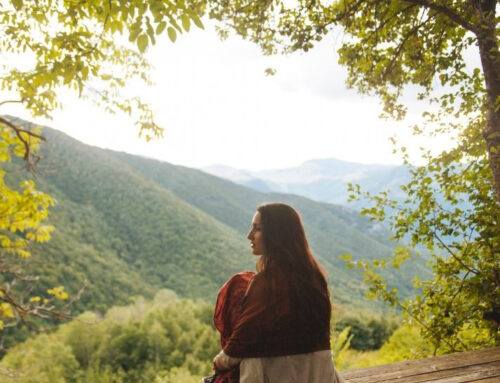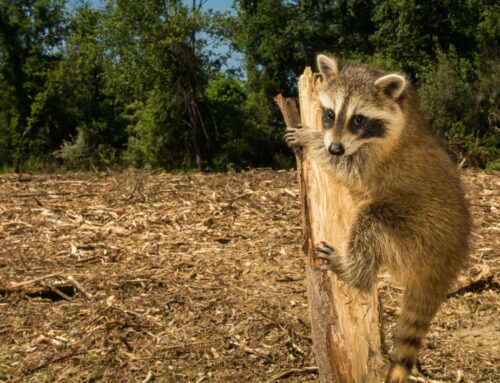 As I drive through neighborhoods across the country, I often see religious statues adorning lawns and gardens. While some are small and discreetly positioned, others are much larger, intended to be the focal point of display. Curious, I did a bit of research and discovered there are actually ten saints who are considered to be the protectors of our gardens and natural world.
As I drive through neighborhoods across the country, I often see religious statues adorning lawns and gardens. While some are small and discreetly positioned, others are much larger, intended to be the focal point of display. Curious, I did a bit of research and discovered there are actually ten saints who are considered to be the protectors of our gardens and natural world.
- Francis of Assisi (1181-1226)
Probably best known of these is St. Francis who is known as the patron saint of ecology. Pope Francis describes him as: “A mystic and pilgrim who lived in simplicity and in harmony with God, with others, with nature, and with himself.”
- Philip Neri (1515-1595)
St. Philip is known as the father of vegetarianism and is said to have embraced this diet because of his love of animal welfare. When he was given birds as gifts or saw captive animals, he would set them free, and he frequently expressed sympathy for animals taken for slaughter.
- Augustine (354-430)
St. Augustine had a deep love for creation and yearned to see nature as God sees it. He believed that nature has indescribable beauty and impermanence and hoped to inspire others to share in his motivation for sustained and skillful action to preserve its perfection and nurturing qualities.
- Hildegard of Bingen (1098-1179)
This patron saint was a valued counsel to kings, queens, bishops, and popes due to her knowledge of nature and appreciation of all creatures. Some of her inspirational words include:
“The Earth sustains humanity. It must not be injured; it must not be destroyed.”
“Every creature is a glittering, glistening mirror of divinity.”
“Creation is the song of God.”
- Therese of Lisieux (1873-1897)
Although this saint died when she was only 24 years old, her writings about nature and her respect for creation are still inspirational today:
“Far away on the horizon we could see the great mountains. The sun’s light that plays on the cedar trees, play on each tiny flower as if it were the only one in existence; I felt as if I were already beginning to understand the greatness of God and the wonders of heaven.”
- Benedict (480-547)
St. Benedict is known as the father of Western monasticism who took a vow of “stabilitas.” This philosophy centers on the belief that one should live in a grounded community and cultivate a relationship of care and respect with it. Through this long-lasting interaction with their immersed environment, monastic communities believe they will have a better understanding of the decisions they make and their consequences.
- Kateri Takakwitha (1656-1679)
St. Kateri lived much of her life with Indigenous people in Eastern Canada. Her legacy focuses on her love of native people, ecology, and the environment. Organizations today which continue her work, such as the Saint Kateri Conservation Center, support families and organizations which convert yards and plots of land into healthy habitats.
- Kevin of Glendalough (498-618)
St. Kevin is the patron saint of simplicity. He lived in a secluded cave which overlooked water and took from the earth only what he needed to survive. He encouraged others to stop and appreciate the simple and small things in life, therefore, learning to better appreciate the many opportunities which being alive offers us.
- John of the Cross (1542-1591)
St. John often wrote about how it is impossible to separate the beauty of nature from the glory of God. He wrote he often felt closest to God when experiencing the infinite wonders of nature.
- John Paul II (1920-2005)
St. John Paul encouraged Catholics (and others) to undergo an “ecological conversion” throughout his nearly 30 years of papacy. Being a passionate nature lover, St. John Paul often spoke about the ecological dangers currently confronting the earth, and stated humanity must be aware of the catastrophe which is facing us unless we take immediate action now.
Do you have any divine protectors in your garden?
With thanks to Jonathon Braden and the Laudato Si’ Movement.








